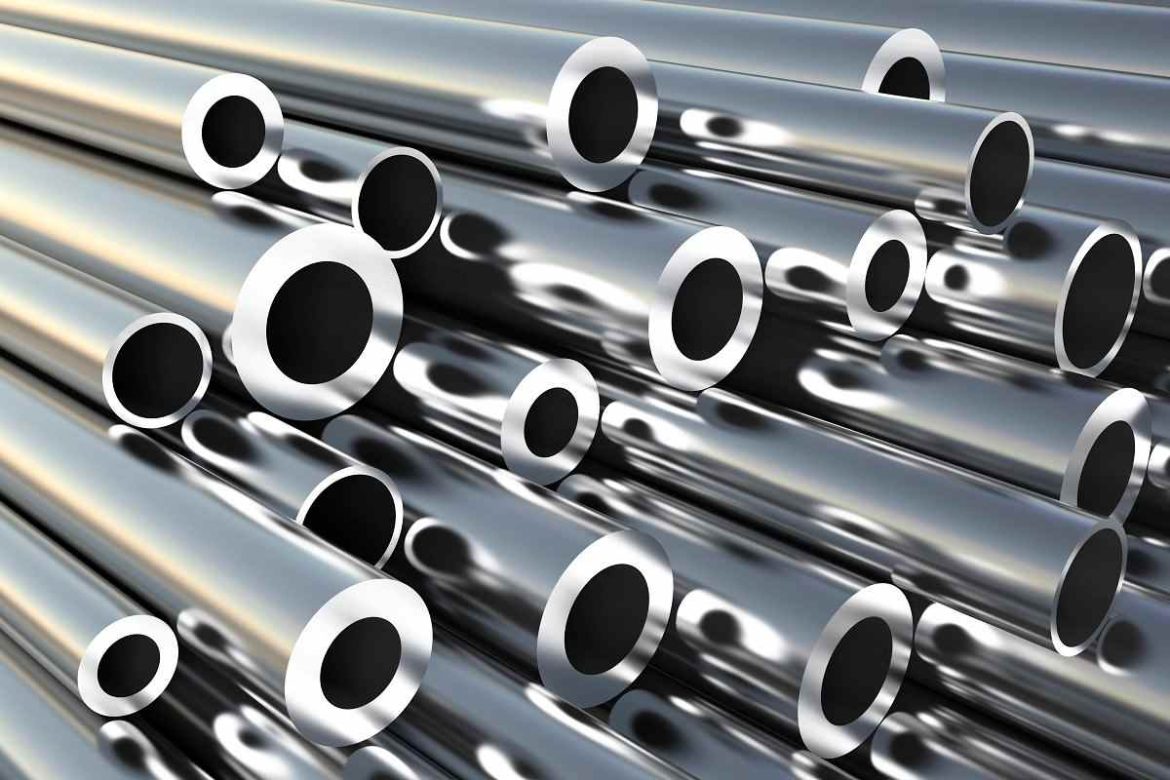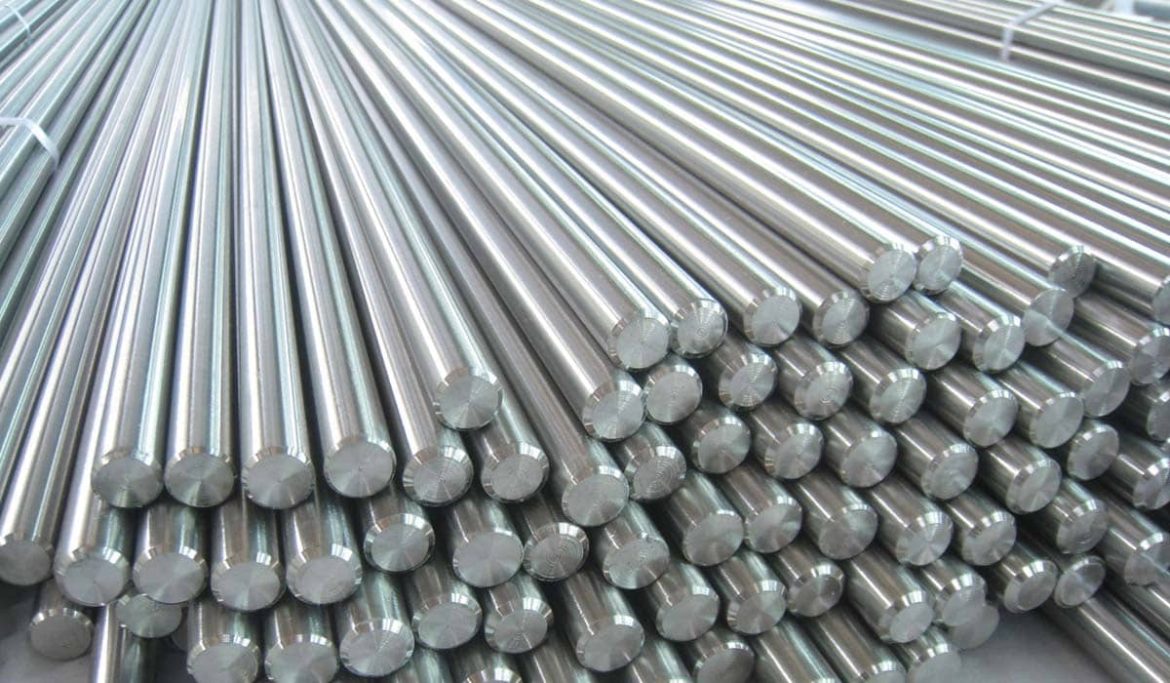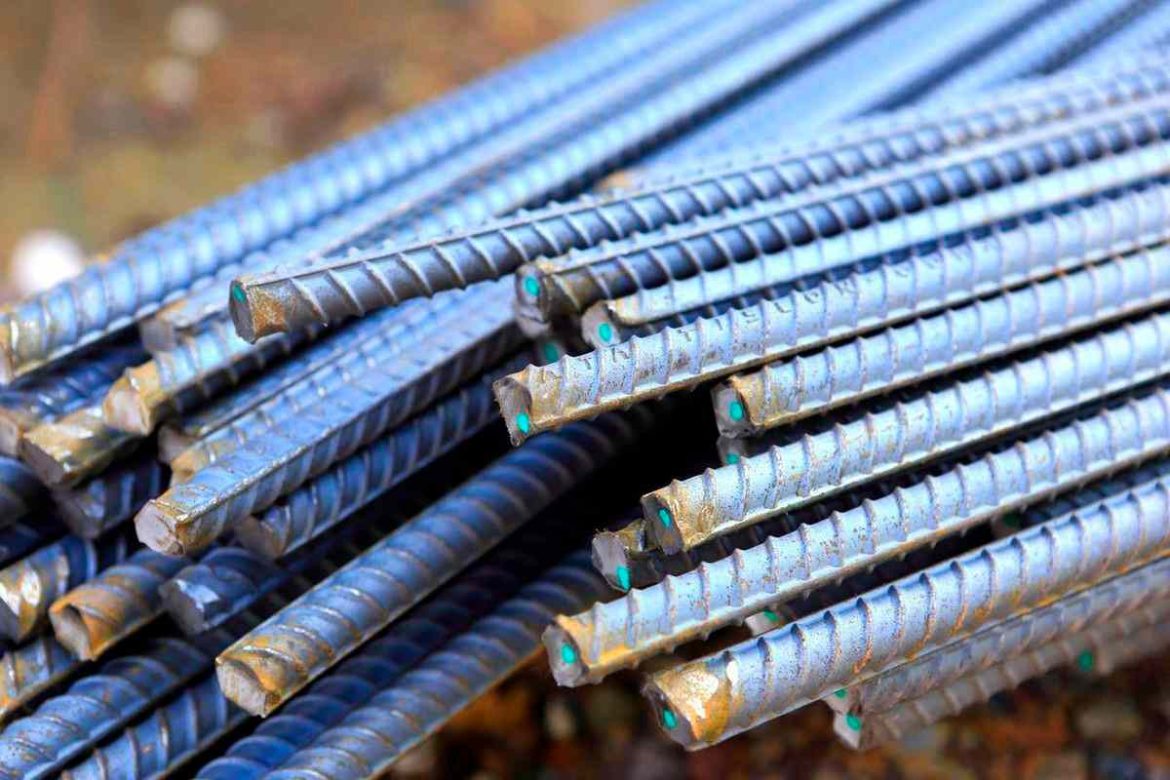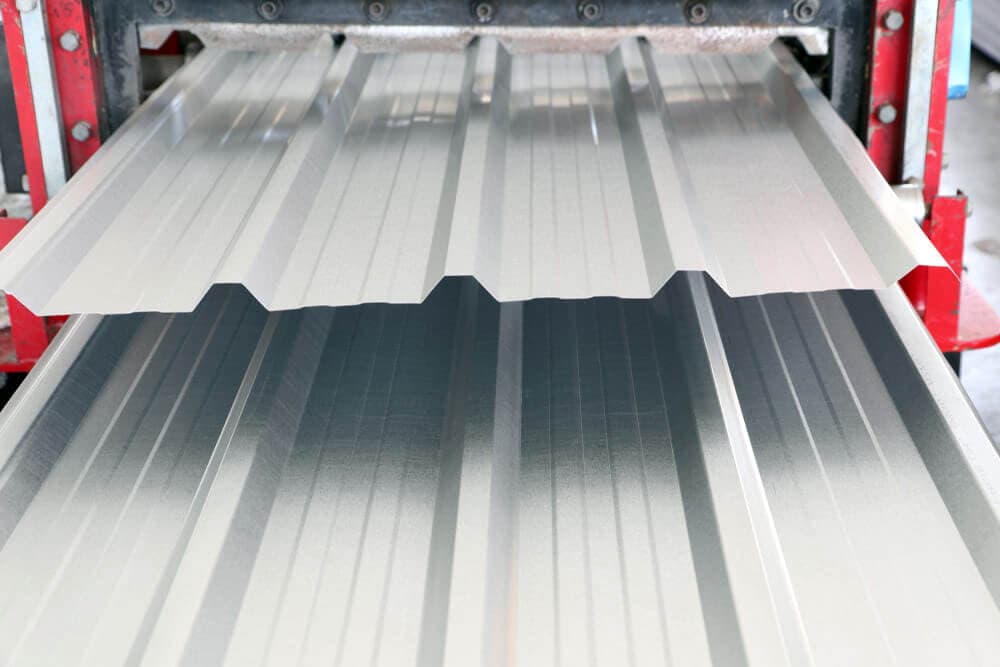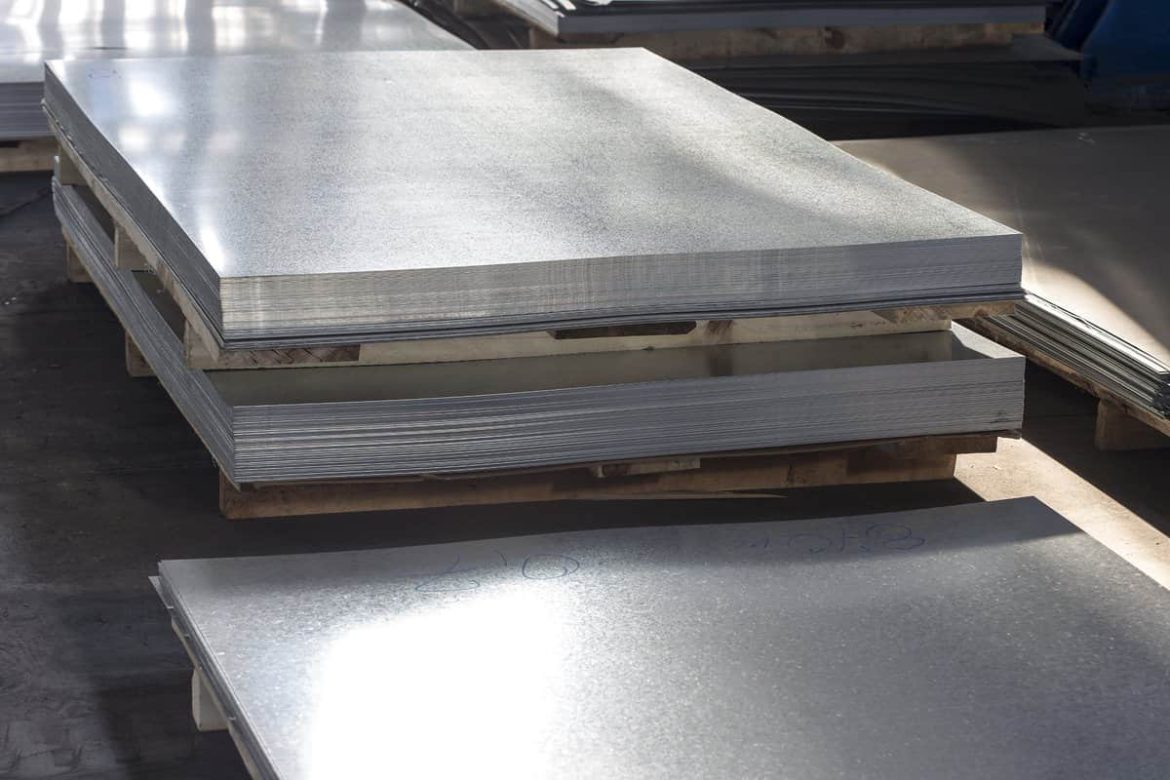stainless steel 316 composition grades and types information
One of the most well-known stainless steel grades is type 316, which includes information about the pricing and the composition of the alloy
The family of corrosion-resistant alloys is commonly referred to as stainless steel due to the fact that its name is generic
This type of metal is known as “stainless steel” due to the fact that it does not rust or corrode and hence does not leave stains
When combined with other elements like molybdenum, nickel, or nitrogen, its properties become far more potent
With the addition of these elements, stainless steel may be manufactured into a wide variety of grades, which can then be put to use in a wide variety of industries according to the requirements of those sectors
This metal’s ability to be reused and recycled contributes to its status as an environmentally friendly material, making it one of the metal’s most distinctive characteristics
Because more than half of the newly produced stainless steel comes from the remelting of waste metal, stainless steel is considered a “Green Metal
” Stainless steel has been given the nickname “Wonder Metal” due to its exceptional properties, such as its low maintenance requirements, its ability to be welded, its aesthetic appeal, its longevity, its low cost over its whole life cycle, and its resistance to erosion and corrosion
Because of these features, it is a perfect material for a wide variety of applications, which can be used in a wide variety of end use industries
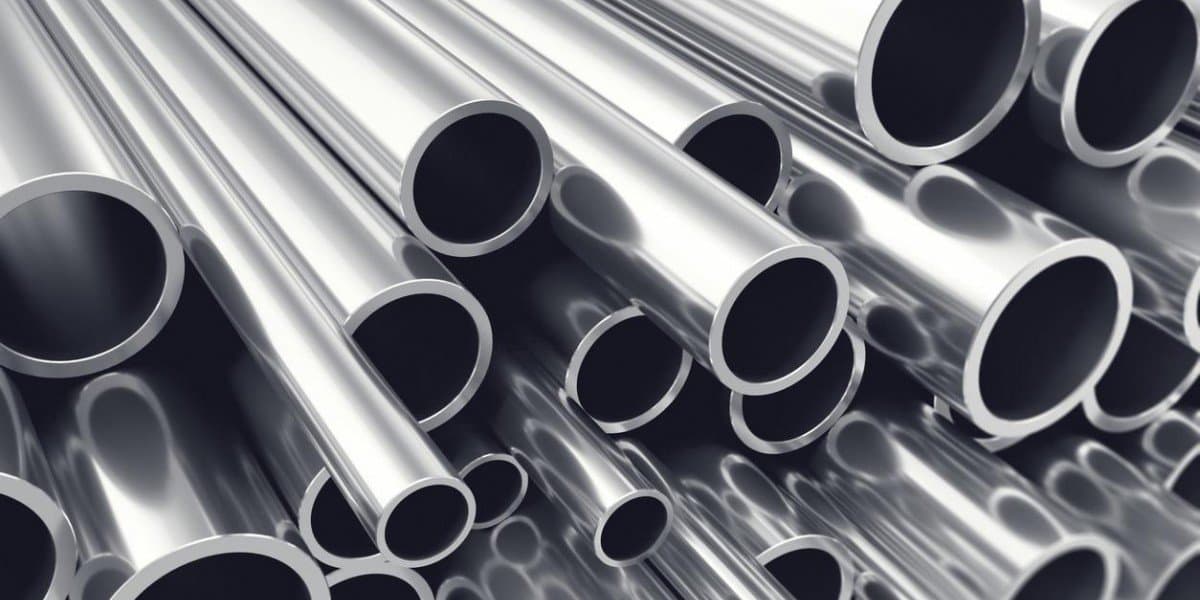
Although most people give Brearley credit for the development of stainless steel, the French scientist Leon Gillet reported the composition of stainless steel in 1904
Brearley is given credit for the invention of stainless steel by most people
Gillet did not take into account the corrosive resistance of the material in his alloy mix; however, he did take notice of the material’s composition and qualities
In 1911, a German researcher named Philip Monnartz produced the first comprehensive paper on the corrosion resistance of stainless steel
At the Krupp Iron Works in Germany in 1912, two Germans named Eduard Maurer and Benno Strauss patented the first austenitic stainless steel, which consisted of a mixture of 21% chromium and 7% nickel
In 1913, Brearley was awarded the patent for the first martensitic stainless steel
Although most historians agree that Brearley was the one who discovered stainless steel, others believe that this assertion can be challenged
Harry Brearley was born on February 18, 1871, and by 1907, he was the head of the Brown-Firth Research Laboratory in Sheffield, which was located in England
The research facility was looking into ways to prevent rust from forming in gun barrels when, by chance, one of the researchers, Mr
Byerly, noticed that a discarded sample of steel from an earlier test had not rusted despite the fact that other samples had
The end product was a chrome alloy steel that was significantly more corrosion resistant than anything before observed
It was June 4th, 1912 at the time
After another two months, on August 20, 1912, the first piece of stainless steel to be cast was created
Brearley wasted little time and started putting his new product on the market
He gave his newly discovered metal the name “rustless steel
”

The city of Sheffield is well recognized as a center for the production of cutlery, and the new material, which was a precursor to the 420 that is used today, appeared to be an ideal substitute for silver or nickel plated steel
However, when manufacturers were reluctant, Brearley commissioned one of them to build him some knives
After testing the material in vinegar, one of the manufacturers, Ernest Stuart, suggested that a more marketable name for the material would be “stainless steel
” In 1914, George Ibberson & Co
began producing knives made of stainless steel
They did so by making use of stainless that was manufactured by Thomas Firth & Sons
The device did not meet with instant success, and as a result, Brealey quickly became known as the creator of the “knife that will not cut
” As a result of a disagreement regarding ownership of the stainless steel invention, Brearley decided to leave Firth, and W
H
Hatfield was appointed as his replacement
Hatfield received a patent for 18-8 stainless steel in 1924
This type of steel has 18% chromium and 8% nickel
The austenitic variety of stainless steel would quickly overtake all other types of stainless steel in terms of popularity and application
Hatfield is also credited with the invention of 321 stainless, which he accomplished by adding titanium to the 18-8
In the early years, German scientists, such as those working at the Krupp Research Institutes, were the first to recognize the potential of austentic stainless
They were also the ones who invented 316, amongst other austenitic stainless grades
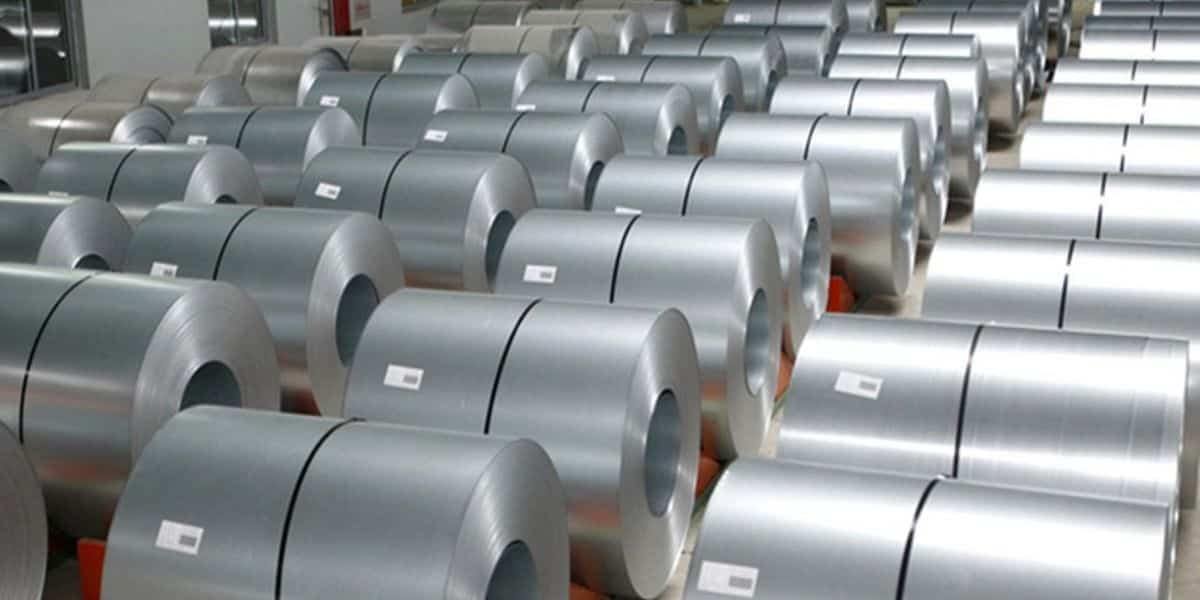
Stainless steel 316
In terms of commonality, grade 316 steel is second only to 304 stainless steel
It is practically impossible to identify the difference between grade 304 and grade 316 with the naked eye due to their comparable physical and mechanical characteristics
The material composition of grade 316 is the main differentiator:
chromium at 16%
Nickel at 10%
with 2% molybdenum
Grade 316 stainless steel is slightly more expensive per ounce of material than grade 304 due to the increased nickel content and the addition of molybdenum
The improved corrosion resistance of grade 316 stainless, notably against chlorides and chlorinated conditions, is where it excels
Because of this, applications where exposure to salt or other potent corrosives is a concern should particularly favor grade 316 stainless steel
The austenitic variety of stainless steel known as 316 grade is distinguished by a molybdenum content of between two and three percent
The addition of molybdenum makes the metal more resistant to pitting and corrosion, and it also improves the metal’s resilience when it is subjected to high temperatures
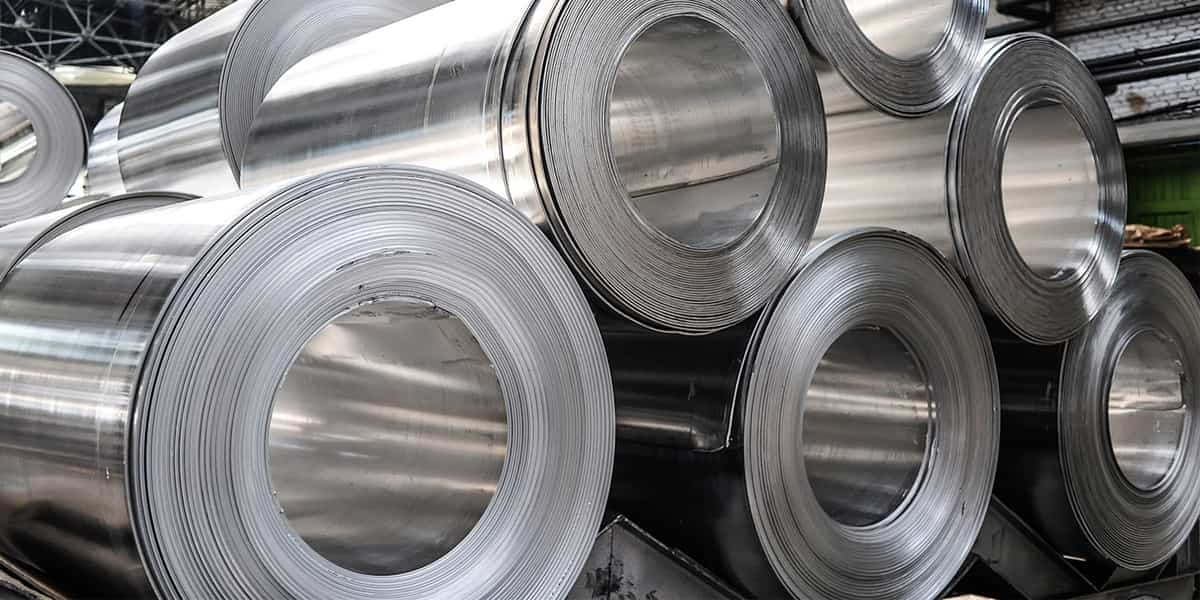
This particular type of stainless steel performs exceptionally well when applied in conditions that contain acid
Corrosion of various kinds, including that brought on by acetic, hydrochloric, and other types of acids, can be stopped using this metal
Stainless steel grade 316 is intended for use in harsh environments or in sectors of the economy that demand higher levels of protection and corrosion resistance than those offered by stainless steel in the 300 series
Stainless steel of the grade 316 is frequently utilized in the production of components for jet engines, furnaces, exhaust manifolds, photographic and pharmaceutical equipment, and more
Evaporators, equipment for chemical processing, and machinery used in the paper and textile industries would all benefit greatly from the use of this stainless steel
Additionally, it is the metal of choice for sophisticated surgical implants that are designed to withstand the hostile environment of the body
It is one of the most common metals used in the maritime sector, particularly in applications that demand a high level of wear resistance along with high levels of strength
Other grades of stainless steel, such as 303, 304, and so on, are utilized in the event that the aforementioned parameters are not satisfied
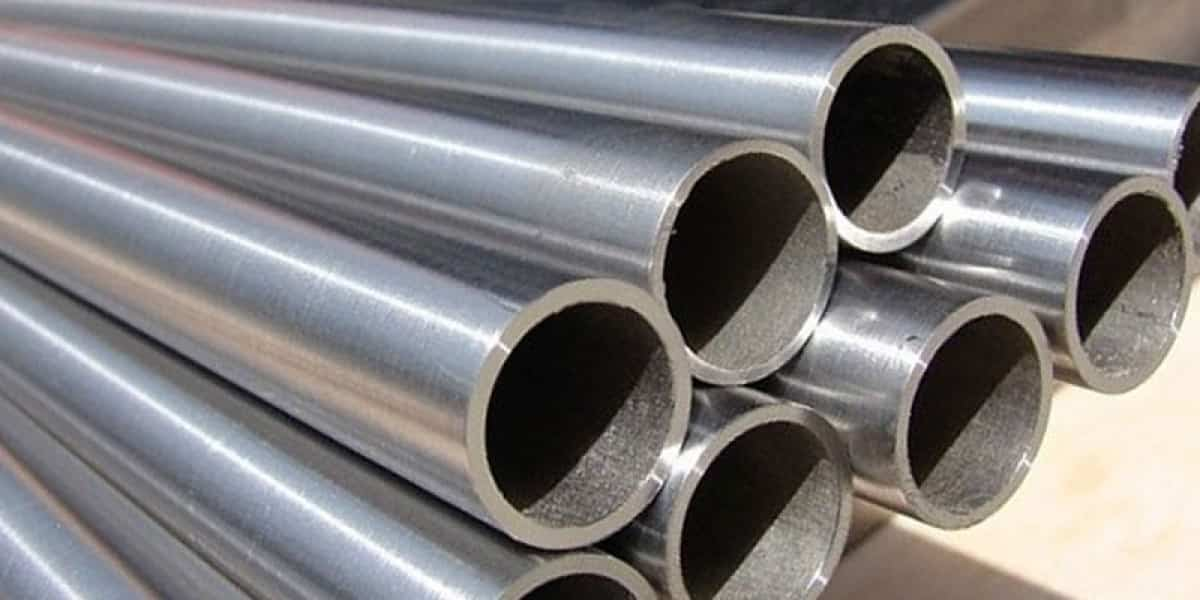
Stainless steel 316 alloy composition
Stainless steel 316, is a common grade and the alloy composition is 16 to 18% chromium, 10 to 14% nickel, 2 to 3% molybdenum, and a negligible amount of carbon
Compared to other grades of stainless steel, stainless steel 316 has greater corrosion resistance thanks to the addition of molybdenum
The ability of stainless steel to withstand corrosion under normal conditions is the primary reason for its widespread use
When chromium is combined with iron, the latter gains the capacity to resist corrosion
Iron acquires resistance to corrosion when chromium concentrations of at least 10
5% are added to the iron
This resistance is due to the creation of an oxide layer of chromium at the surface of the stainless steel, which prevents iron from corroding
This layer is dynamically forming in the background
In the event that the surface is scratched or otherwise damaged, it will pull oxygen from the surrounding air and reconstruct the layer of chromium oxide
Re-passivation is the term used to describe this process
As a result, thanks to the assistance provided by this passive layer, stainless steel maintains its level of protection at all times
This capability also provides the option to reduce the amount of coatings used for corrosion protection, which results in cost savings and a reduced impact on the environment
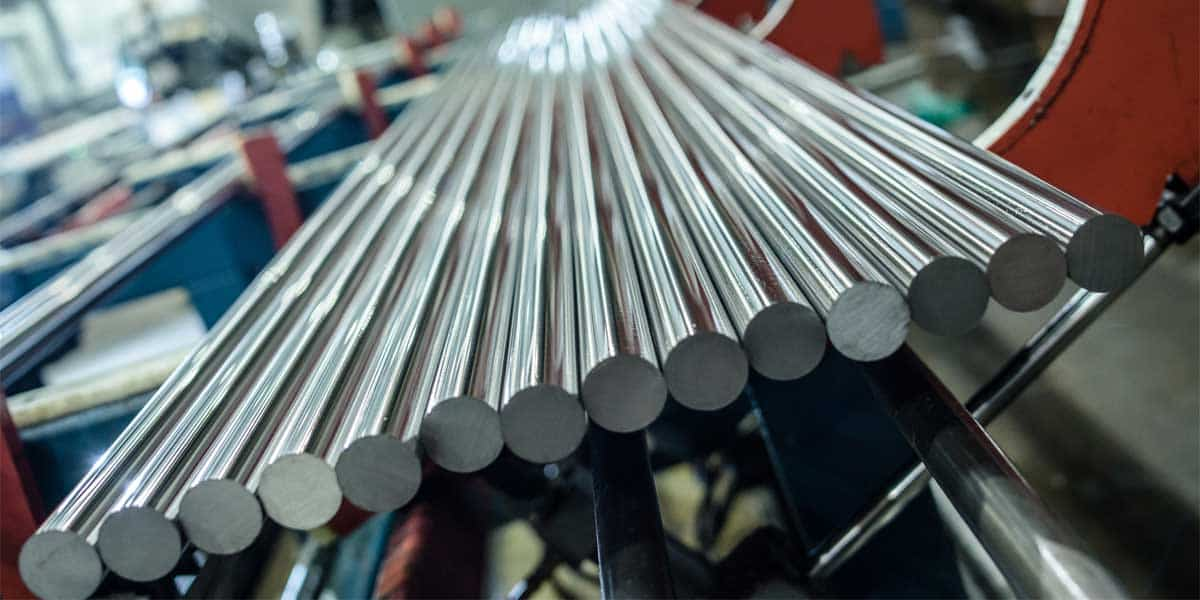
In the sugar industry, stainless steel is the material of choice because, in addition to its resistance to corrosion, it possesses other sterling features that make it an excellent alternative to other competing materials
Following is an explanation of some of the most important characteristics
Hygiene Because it is so simple to clean, stainless steel is the material of choice for meeting the stringent hygiene standards that must be met when dealing with the manufacturing of sugar
a superior ratio of strength to weight The work-hardening property of austenitic grades, which results in a significant strengthening of the material from cold-working alone, and the high strength duplex grades, as well as the high strength and wear of some ferritic-martensitic type grades, allow for reduced material thickness in comparison to conventional grades, which results in cost savings
Simplicity of production It is just as easy to cut stainless steel, weld it, shape it, machine it, and fabricate it as it is to work with standard steels
Impact absorption capacity When compared to steel, the impact resistance of stainless steels is reported to be significantly higher
Long term value When the costs of the material’s whole life cycle are taken into account, stainless steel is frequently the material choice that results in the lowest overall cost
Environmental compatibility Stainless steel outlasts many competing products and eliminates the need for extra potentially hazardous components such as paint, fire protection coatings, cleansers, and solvents
In usage, stainless steel is robust and requires a minimum amount of maintenance
One of the most precious scrap materials is stainless steel
It is completely recyclable, and steel manufacturers prefer to use it as a raw material input
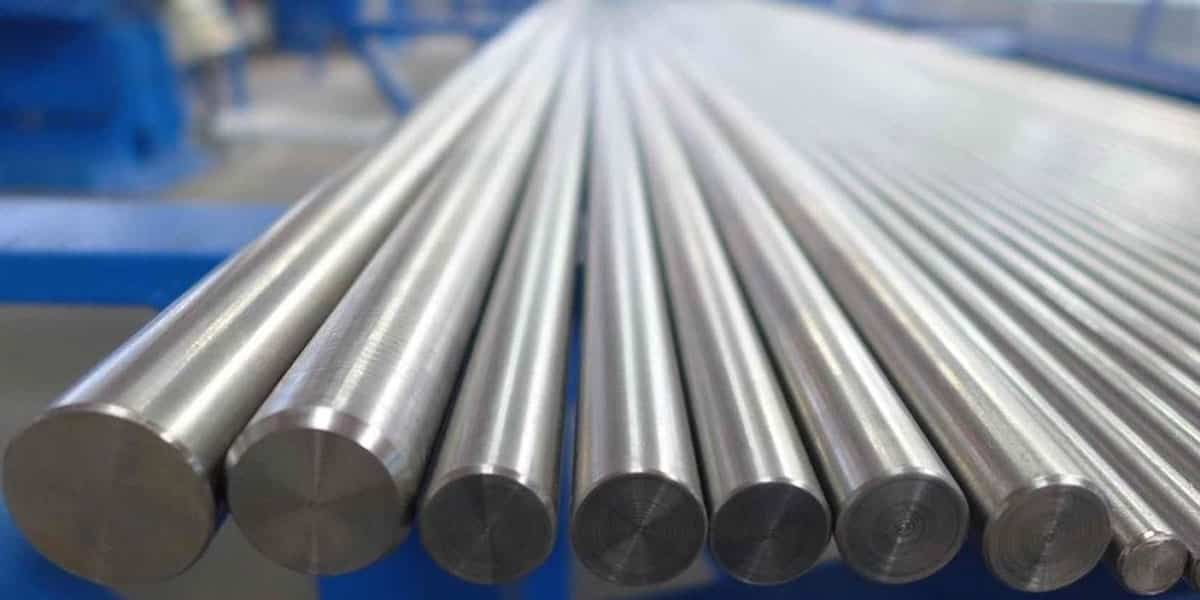
Stainless steel 316 price
Because of the substantial demand for the commodity, the price of stainless steel 316 may vary substantially
A large group of steel alloys known as “stainless steel” contain a little amount of chromium, which shields the metal from corrosion and other harm
Depending on whatever type of stainless steel you’re working with, the alloy’s chromium content and the proportions of other metallic components vary
Molybdenum is present in the famous alloy known as 316 stainless steel
Contrary to 304 steel, the most popular type of stainless steel, it has improved corrosion resistance to chloride and other acids
This makes it perfect for outdoor uses in saltwater areas or for uses where chloride exposure is a possibility
There are several types of 316 steel, including 316L
Because 316L stainless steel has less carbon and molybdenum than standard 316 steel, it has distinct properties from the former
In order to help you choose the alloy that is most suited for your application, this article will examine the key distinctions between the alloys
Similar to steel, the main ingredients of stainless steel are iron and carbon

However, chromium, a metallic element that gives the metal its polish and improved corrosion resistance, is also present in stainless steel at a minimum concentration of 10
5%
For long-term applications that will be exposed to the weather, moisture, and perhaps corrosive substances, stainless steel is the best material
Additionally, because there is significantly less chance of contamination, it is perfect for delicate industries like food production and medicines
There are traces of various elements in various grades of stainless steel
Applications for grade 304 stainless steel, which has up to 35% nickel content, include hardware, tubing, cookware, and home appliances
Molybdenum in Grade 316 makes it perfect for use in commercial kitchen equipment, chemical and pharmaceutical production equipment, and maritime equipment





